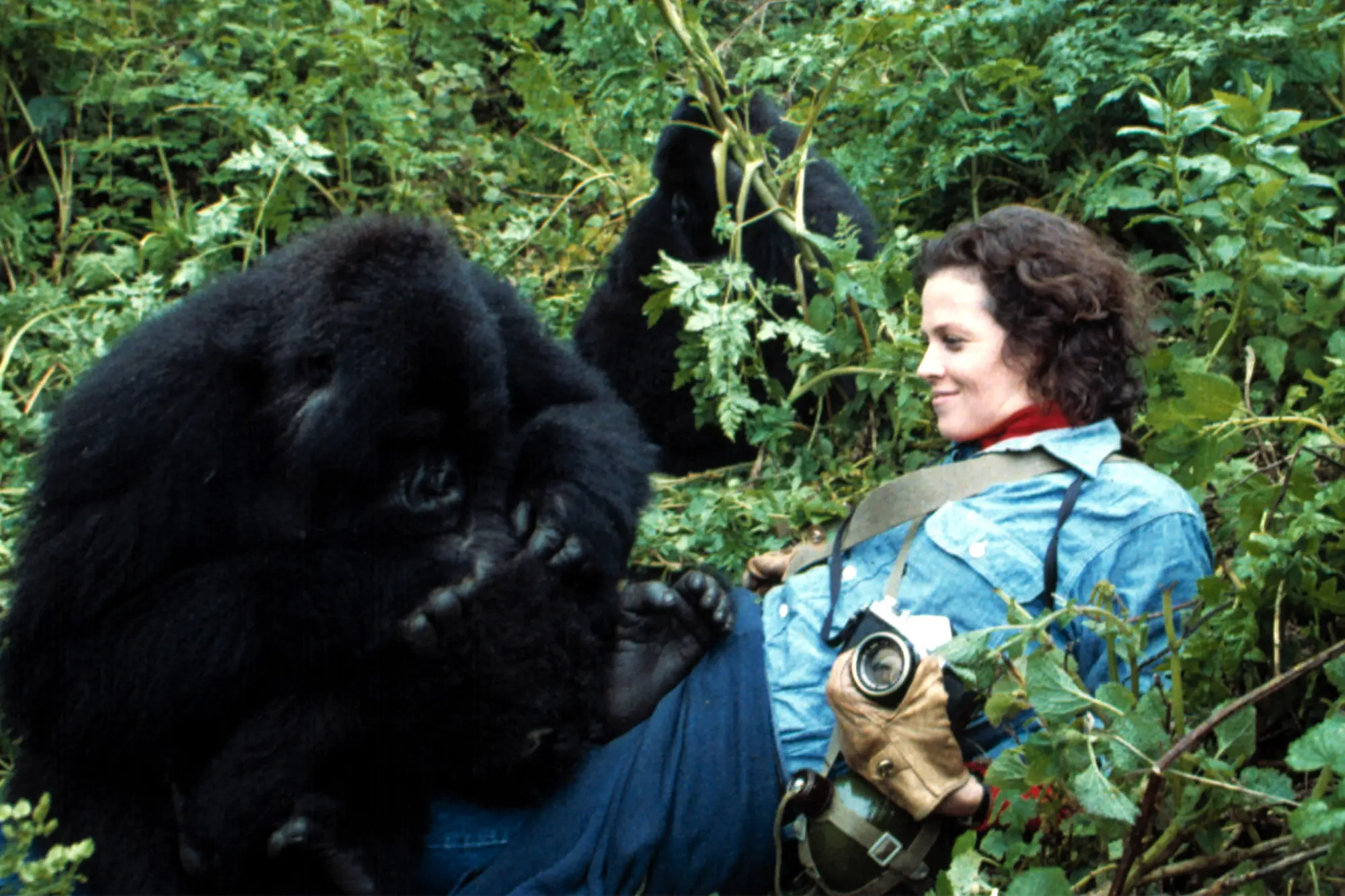Gorillas, the largest of the great apes, are fascinating creatures whose lives span a range of complex stages and social structures. Understanding these majestic animals from infancy to adulthood offers valuable insights into their behavior, social interactions, and adaptations within their natural habitats. This exploration delves into the intricate details of their lifecycle, highlighting the challenges and dynamics that shape their existence.

Infancy: The Beginnings of Gorilla Life

A gorilla’s journey begins in infancy, a critical stage characterized by rapid growth and dependency. Newborn gorillas are entirely reliant on their mothers for nourishment and protection. During this time, they cling to their mothers and are frequently nursed, which fosters a strong bond between them. This period is crucial for their physical development and social learning, as they observe and mimic their mother’s behaviors.

Infant gorillas are highly vulnerable to threats from predators and environmental changes. Their mothers play a pivotal role in safeguarding them and teaching them essential survival skills. This period of dependency gradually transitions as infants begin to explore their surroundings, driven by an innate curiosity and playfulness that aids in their cognitive development.
Juvenile Stage: Growing Independence and Socialization
As gorillas enter their juvenile stage, their independence grows. They start to engage in more complex social interactions within their troop, learning the intricacies of gorilla society. Juveniles are often seen playing with other young gorillas, which helps them develop physical skills and social bonds. This play is not just recreational but serves as a practice ground for skills necessary for survival, such as climbing and foraging.
Social structures become more pronounced during this stage. Young gorillas begin to understand their place within the troop’s hierarchy and observe the behaviors of dominant individuals. They learn about social norms and the roles they will eventually take on as adults. This phase is marked by increased interaction with other members of the troop and a gradual shift from maternal dependence to social independence.
Adulthood: The Pinnacle of Gorilla Life
Reaching adulthood signifies a crucial transition in a gorilla’s life. Adult gorillas are responsible for maintaining social order and contributing to the troop’s survival. Males, particularly silverbacks, become leaders and protectors of the group, demonstrating strength and authority. They manage conflicts, guide the troop in foraging, and ensure the safety of their members.
Females play an equally important role, often involved in nurturing offspring and supporting the social structure of the troop. Adult females maintain complex social relationships and contribute to the rearing of young gorillas, which strengthens the bonds within the group. They also participate in grooming, a social activity that reinforces connections and reduces stress.
Adulthood is marked by a continuous process of adaptation. Gorillas face challenges such as changes in their environment, competition for resources, and interactions with neighboring troops. Their ability to adapt to these challenges is crucial for their survival and the well-being of their troop.
Behavioral Dynamics and Social Structures
Throughout their lives, gorillas exhibit intricate behavioral dynamics and social structures. Troops are typically led by a dominant silverback male, who exerts authority and maintains order. The social hierarchy within the troop is complex, with each member playing a specific role.
Gorillas communicate through a range of vocalizations, body language, and facial expressions. These forms of communication are vital for coordinating activities, expressing emotions, and establishing social bonds. Understanding these behaviors provides valuable insights into the social fabric of gorilla life.
Conclusion
Exploring the lifecycle of gorillas from infancy to adulthood reveals a rich tapestry of behavior, social interaction, and adaptation. From the early stages of dependency and growth to the complexities of adult social structures, gorillas navigate a challenging world with remarkable resilience. Their lives, deeply intertwined with their natural habitats, offer a window into the broader dynamics of primate behavior and the importance of conservation efforts to protect these incredible animals and their ecosystems.
